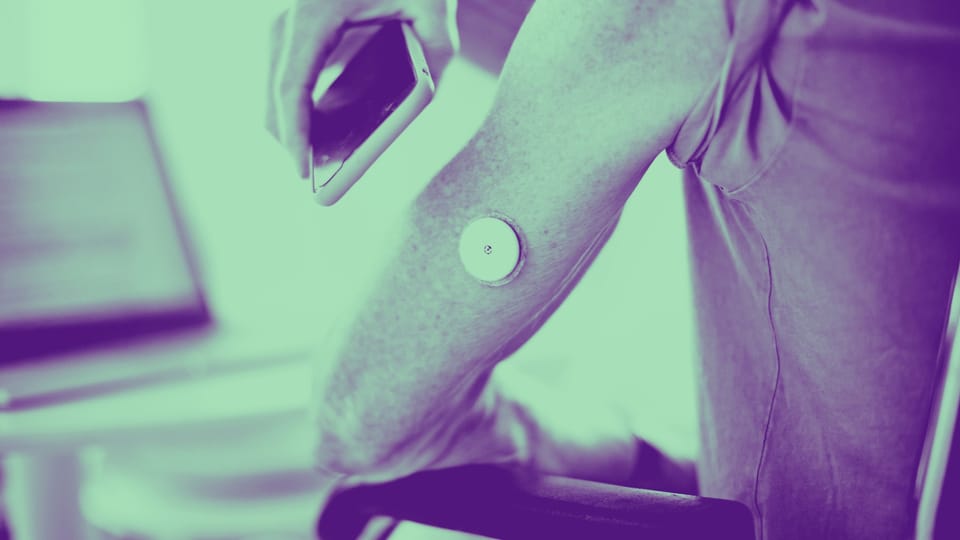Wearable Wellness: The Security Challenges of IoT in Personal Health Devices

Wearable health devices like fitness trackers and smartwatches are now a big part of our lives. They help track our health in many ways, such as heart rate, sleep, and even oxygen levels. But as these devices connect more with the internet, they can also be at risk from online threats. It is important that both makers and users pay attention to this.
People love these devices because they can monitor health in real-time and give useful data. This makes taking care of our health easier. But it also means that our personal data may not be safe. With more online threats around, we must protect our devices from unauthorized access and data leaks.
Understanding Smart Device Security is not easy. We need to look at the current solutions for internet-connected device security and learn how to keep our health data safe. This blog post will help. It will explain the security challenges for personal health devices and give a useful guide to staying safe in the world of wearable health devices.
Understanding IoT in Health Devices
The Internet of Things, often referred to as IoT, represents a complex network of physical devices, vehicles, home appliances, and other items embedded with sensors, software, and network connectivity, enabling these objects to connect and exchange data over the internet. This data-sharing capability is significantly transforming various sectors, including health and wellness. In this context, IoT technology facilitates the creation of innovative devices that can accurately monitor vital signs, diligently track physical exercise, and effectively manage chronic health conditions with minimal hassle.
These health-related IoT devices are growing in popularity due to their ability to significantly improve an individual's quality of life. Examples of such devices include fitness trackers, smartwatches, and ECG monitors. Fitness trackers, for instance, provide detailed insights about a user's physical activity levels, encouraging them to adopt healthier lifestyle habits. Smartwatches offer a variety of features, from tracking heart rate to monitoring sleep patterns, all in a compact and convenient package. ECG monitors, on the other hand, allow for continuous heart monitoring, making it easier to detect cardiac issues early. Each of these devices comes with special features designed to enhance health and wellness, making them invaluable tools in today's tech-driven world.
The Spectrum of IoT Security Challenges
With the continuous advancement in technology, we're witnessing a surge in the features offered by wearable health devices. These devices, while incredibly beneficial, unfortunately come with an increased susceptibility to various security issues. The potential threats associated with these devices can range from data leaks to unauthorized access, interference with the device operation, and even malicious attacks.
The kind of data that can be compromised due to these security threats isn't limited to health data alone. It can include a vast array of sensitive information such as the user's location data, personal details, and more. Therefore, it becomes absolutely paramount to ensure the protection of these devices from any potential security breach.
The consequences of a security breach can be grave and far-reaching. To illustrate, consider a scenario where an unauthorized individual gains access to a fitness tracker. This could lead to the exposure of the person's daily routines and frequented locations, thereby leading to serious privacy and safety concerns.
Even more concerning is the potential interference with a device that monitors chronic diseases. If such a device were to be tampered with, it could provide inaccurate readings, thereby putting the user's health and well-being at significant risk.
These hypothetical scenarios underscore the urgent and compelling need for robust and reliable security solutions. It is crucial to safeguard the information stored in these devices and to ensure their correct and uninterrupted operation. This is not just about protecting data but about preserving the health and safety of users who rely on these devices for their daily health monitoring and management.
Strategies for Enhancing IoT Security
In the quest to improve the security of Internet of Things (IoT) devices, it is critical to acknowledge that the responsibility falls on both manufacturers and users. On one hand, manufacturers, as the creators of these devices, should place a significant emphasis on security during the design and development phase. This includes the integration of features that are specifically aimed at bolstering security, such as robust encryption protocols, secure boot processes, and the capability for regular firmware and software updates.
On the other hand, consumers, as the end-users, should exercise vigilance when choosing which IoT devices to purchase and use. This includes opting for devices that have been recognized for their strong security measures. In addition to this, consumers have the capacity to personally safeguard their devices and thereby contribute to IoT security. This can be achieved by implementing strong, unique passwords for each device, enabling two-factor authentication where possible, and making it a routine to update the device software promptly when updates are made available. By doing so, not only is the device secured, but the entire IoT ecosystem benefits from these individual security efforts.
There's a growing need to improve security for personal health devices, especially with the rise of connected devices (or IoT devices). To meet this need, several innovative solutions are being developed.
One of these solutions is advanced encryption, which helps keep data safe whether it's being transmitted or stored. Another promising innovation is the use of blockchain technology. This provides a secure platform for exchanging data and reduces the risk of unauthorized access or tampering.
AI-driven security systems are another great development. They use machine learning to find and respond to security threats as they happen. This allows for quicker responses to breaches and less potential damage.
A major part of these security strategies is embedded security. This involves building security features directly into the hardware and firmware of devices, making it harder for attackers to get around. This includes secure boot mechanisms (which make sure devices only start up with trusted software) and hardware-based encryption for even better data security.
There are also new industry standards and regulations (like the Cyber Resilience Act and the Cyber Trust Mark) being developed to guide manufacturers in creating secure IoT devices. These standards guide the entire lifecycle of a device, from development to regular updates and patches.
The combination of these security solutions marks a big step forward in protecting personal health devices. As these technologies and standards continue to evolve, they'll enable users to confidently use wearable wellness technology, knowing their personal data is secure against cyber threats.
Using IoT in personal health devices offers great possibilities but also brings serious security issues. As we use these technologies, we must always keep IoT security in mind. By knowing about the threats, understanding the need for secure IoT devices, and using good IoT protection methods, we can get the benefits of wearable health devices while lowering the risks. Makers, users, and industry rule makers need to work together to make sure the future of personal health tech is both new and safe.





